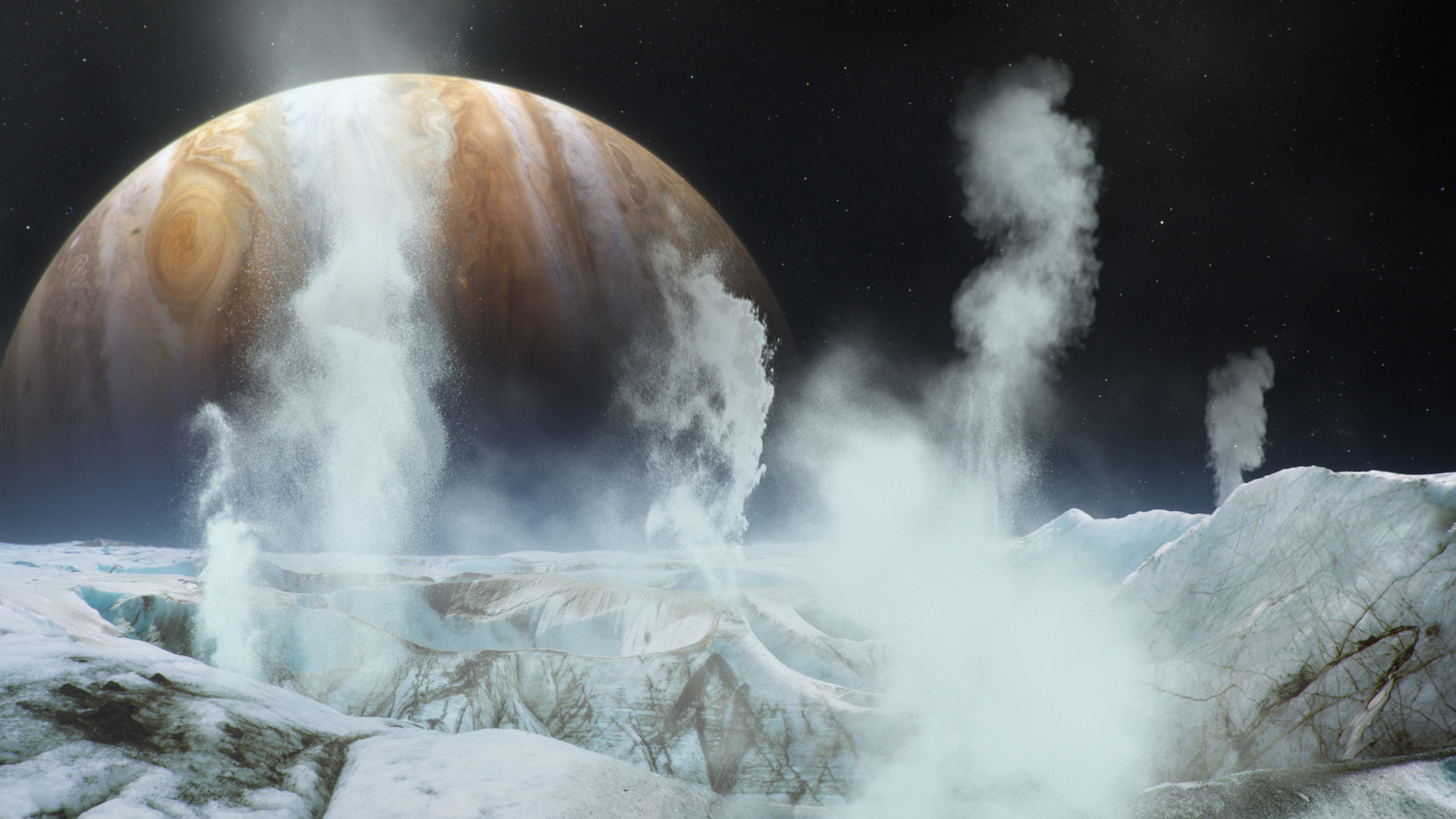The Science of Dragonfly
Dragonfly’s suite of science instruments will investigate the chemistry and habitability of Titan.
Universal Production Music: “Clediss” by Thomas Stempfle and Tom Sue, “Downloading Landscapes” by Andrew Michael Britton and David Stephen Goldsmith
Watch this video on the NASA Goddard YouTube channel.
Complete transcript available.
Dragonfly is a NASA mission to explore the chemistry and habitability of Saturn’s largest moon, Titan. The fourth mission in the New Frontiers line, Dragonfly will send an autonomously-operated rotorcraft to visit dozens of sites on Titan, investigating the moon’s surface and shallow subsurface for organic molecules and possible biosignatures.
To carry out its mission, Dragonfly is equipped with a neutron spectrometer, a drill system, and a mass spectrometer, allowing scientists to make a detailed survey of Titan’s chemical makeup. Dragonfly is scheduled to launch in 2026 and arrive at Titan in 2034.
Learn more about Dragonfly from NASA and Johns Hopkins APL.
For More Information
See the following sources:
Credits
Please give credit for this item to:
NASA's Goddard Space Flight Center
Johns Hopkins APL
-
Producer
- Dan Gallagher (USRA)
-
Animators
- Jonathan North (USRA)
- Michael Lentz (USRA)
-
Writers
- Melissa Trainer (NASA/GSFC)
- Dan Gallagher (USRA)
-
Narrator
- Dan Gallagher (USRA)
-
Scientists
- Melissa Trainer (NASA/GSFC)
- Ann Parsons (NASA/GSFC)
- Elizabeth Turtle (Johns Hopkins University/APL)
-
Technical support
- Aaron E. Lepsch (ADNET Systems, Inc.)
Release date
This page was originally published on Tuesday, February 25, 2020.
This page was last updated on Sunday, January 12, 2025 at 11:16 PM EST.

![NASA Science Live: NASA's Next New Fountiers Mission [Special Edition]Program Aired June 27, 2019](/vis/a010000/a013200/a013245/13245_NSL_SE_Dragonfly_youtube.00001_print.jpg)
